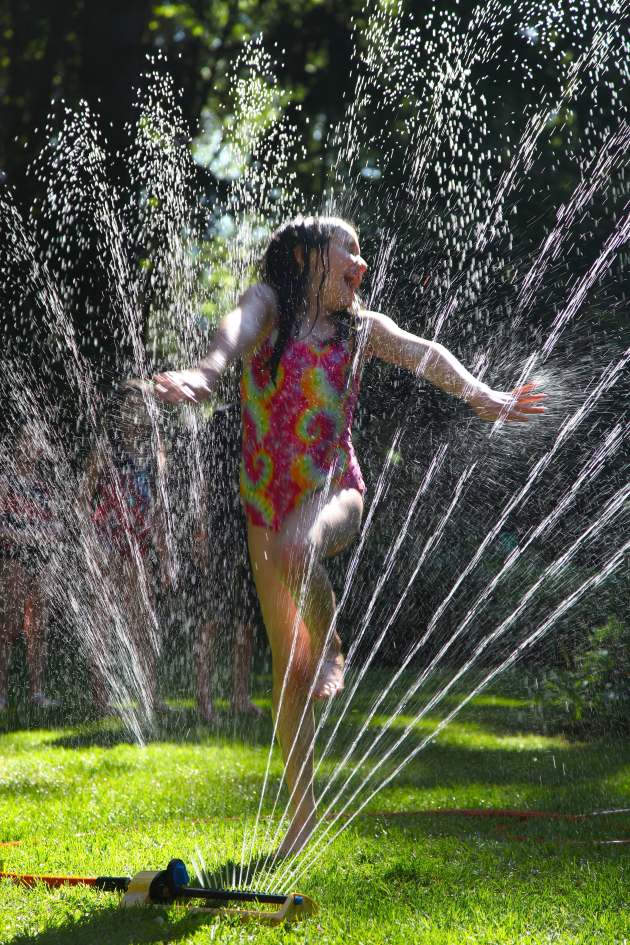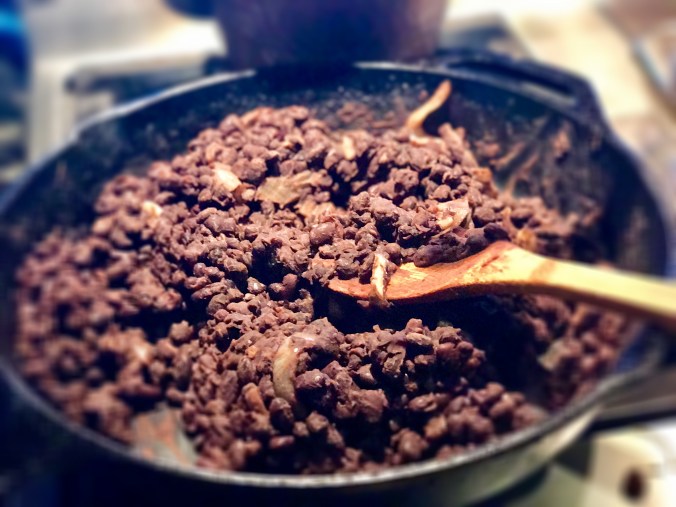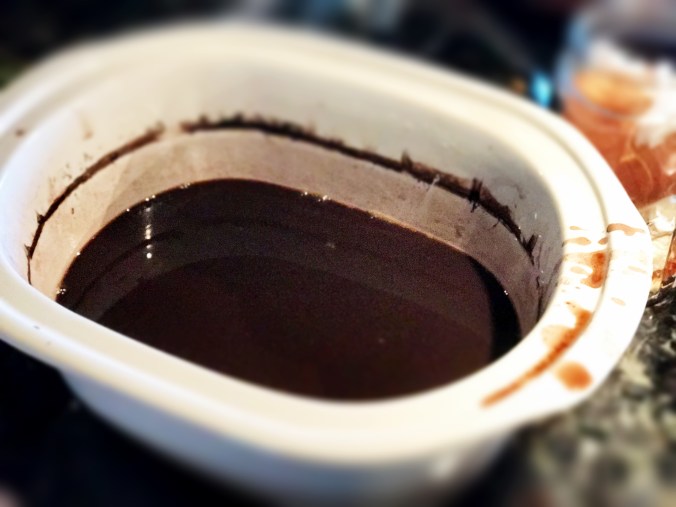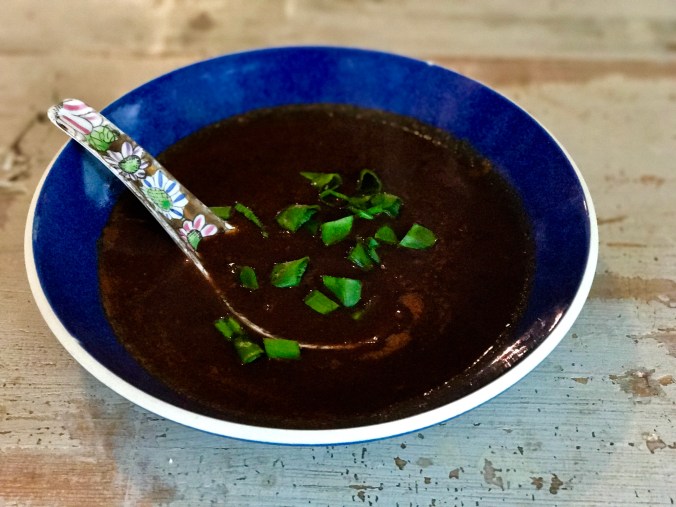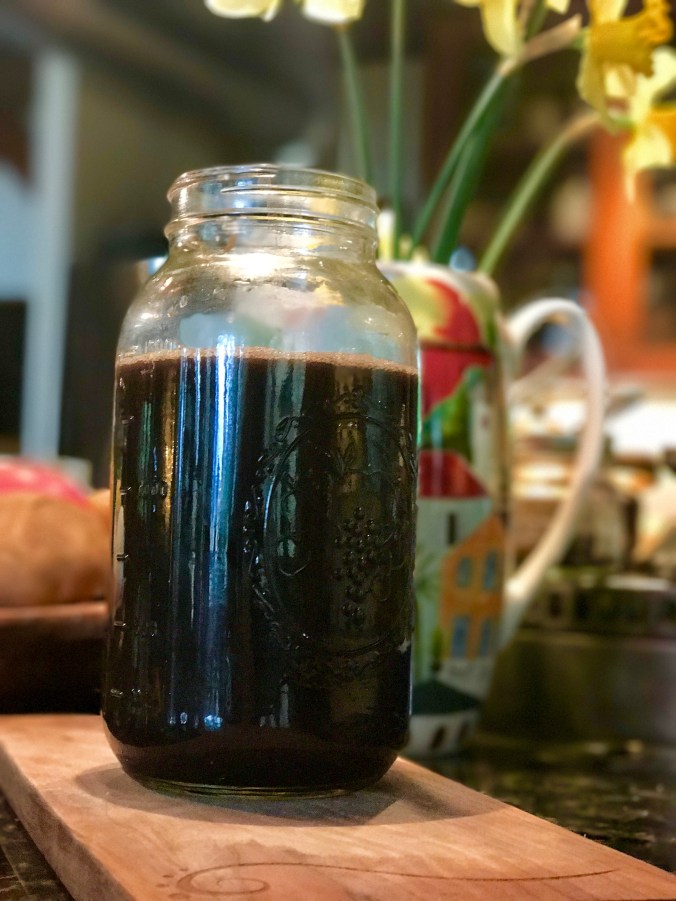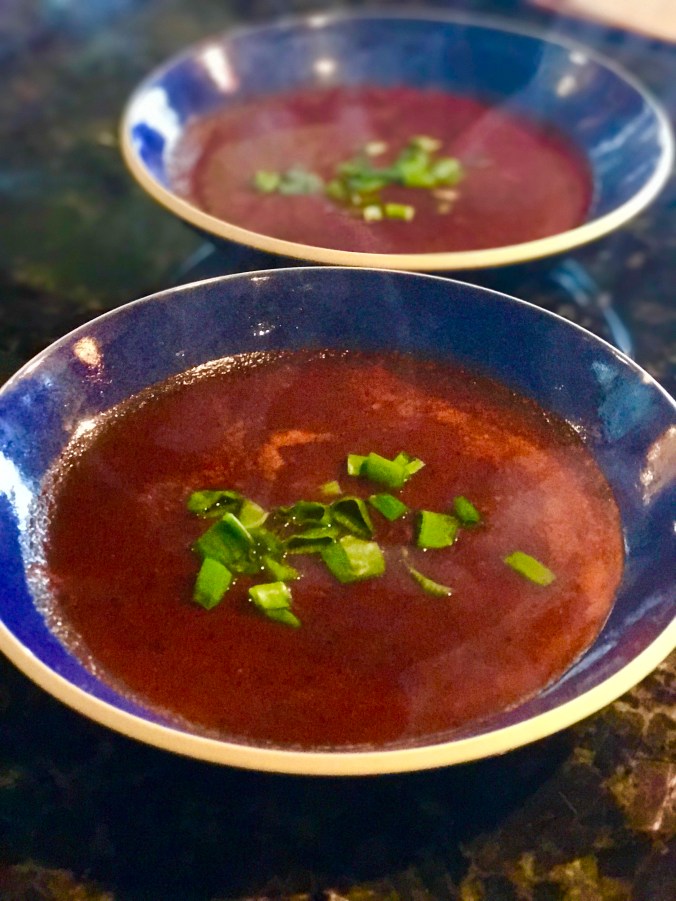By Liesl Clark and Rebecca Rockefeller

Conducting a classroom waste audit is a hands-on way for kids to learn how to reduce their waste at school. Whether kindergarteners or highschoolers, waste audits resonate with students of all ages because everyone handles trash on a daily basis. Zero waste in schools takes commitment from both teachers and students and we’d like to be your hub for learning the process and obtaining the tools necessary to make your waste audits a success. This simple guide is an easy resource to get you started with waste audits in your classrooms or schools in your community. If you have any questions or need any further resources, don’t hesitate to contact us at Trash Backwards, and the following video is to inspire you to get into classrooms, have fun, and teach students these simple steps to school waste reduction!
If you’re not a teacher, you’ll first need to obtain permission from the school to do your audit. Meet with the school’s principal or director and pitch the idea. If you have to get permission for a larger body, like a school board, here’s a sample letter you can edit to make the formalities easy for you.
Materials Needed:
1 Tarp for the floor or plastic table cloths to cover tables
1 Scale
2 Buckets with the tare weight written on their sides
Paper and Sharpies for making 2 charts
Small signs for “compost,” “recycling,” “reuse,” and “landfill.”

10 Simple Steps
1) Save 1 days’-worth of classroom trash, including food waste.
2) Tell your personal story about why you’ve discovered how important it is to reduce waste. You can do a slideshow, showing the students pictures of their landfill, how a landfill (or incinerator) works, how far away it is, and how trash is transported there. We have a movie about how our children discovered plastics washing up on their beaches that you can download or play off the web here as a teaching tool, showing how kids can take action, learn where the ocean plastics are coming from, and what they can do about it.

3) Weigh your recyclables and trash separately.

4) Spread it all out on a tarp.

5) Have the students separate all items into discreet piles next to their appropriate signs: “Compost,” “recycling,” “reuse,” and “landfill.”

6) Teach recycling: Discuss what goes into your local recycling and help the students identify those items.

7) Start a composter, vermicomposter, or chicken bucket. Some classrooms or schools have composters or vermicomposters outside. If not, find a volunteer family that will take the organics home to their chickens or compost bin.

8) Teach reuse: Save items like Ziploc bags, rubber bands or paper clips that were in the trash but can be reused.

9) Weigh your newly separated piles of trash, compost, reuse and recycling.

10) Celebrate your results by making a graph so the students can see the change in landfill trash versus recycling and compost. The decrease in landfill trash will be surprising.


Follow-up activities include having the classroom write a manifesto for changes in behavior to create less waste. Suggestions might include some of the following:
1) Place pictures of recyclables on the recycling bins as a reminder to students.
2) Move a recycling bin near the paper towel dispenser (wet, clean paper towels can be recycled).
3) Start a compost bin, worm bin or a chicken bucket.

4) Start a reuse box as a place to put items that can be reused.
5) Start other recycling streams that don’t go in the recycling bin but can be taken to other recycling facilities, like plastic bags (local supermarket) and juice boxes (a local Terracycle brigade).
Please feel free to contact us with questions or needs. We hope to be your go-to school waste audit resource! And if you’ve conducted a waste audit yourself, do send us a note to let us know how it went.

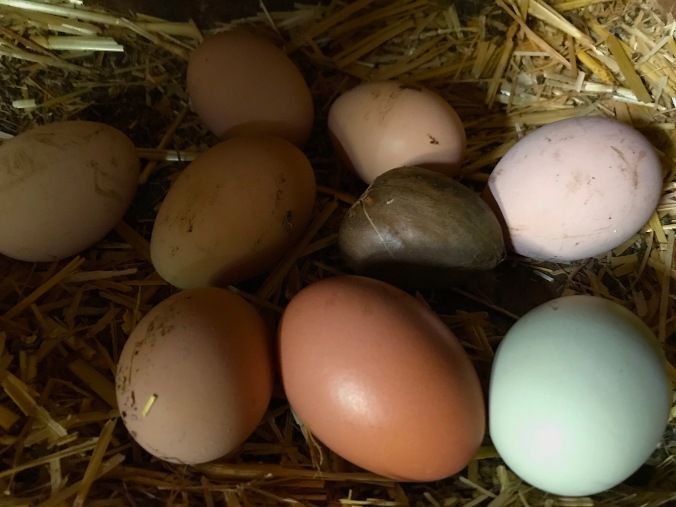



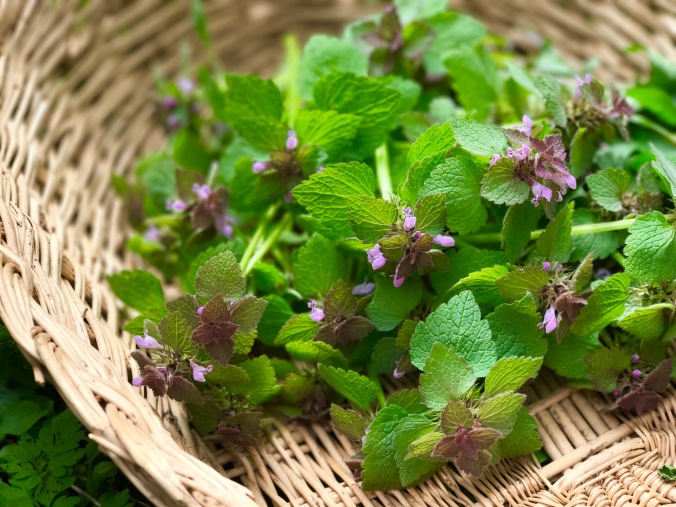
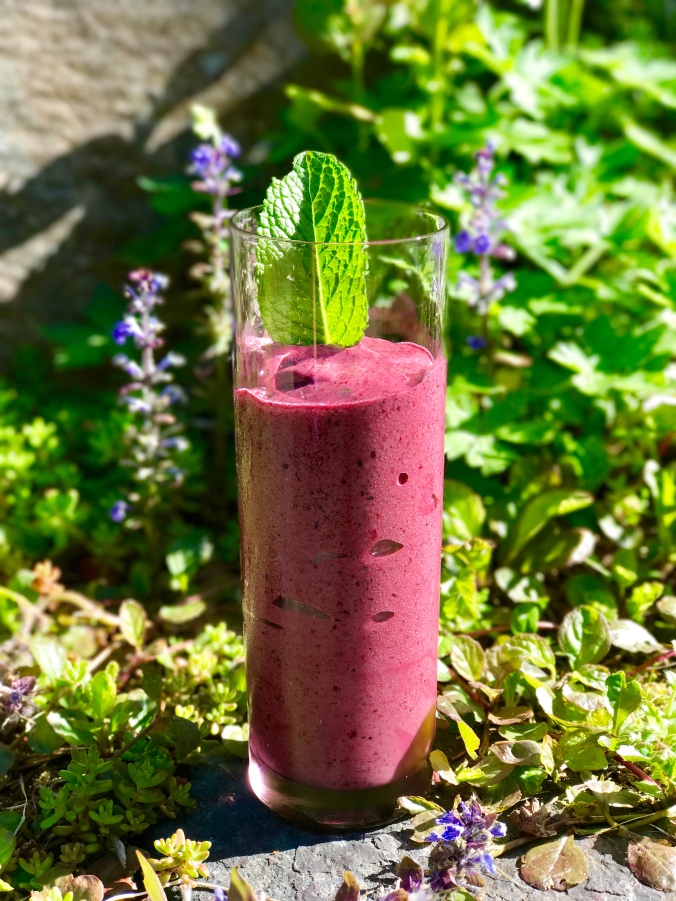

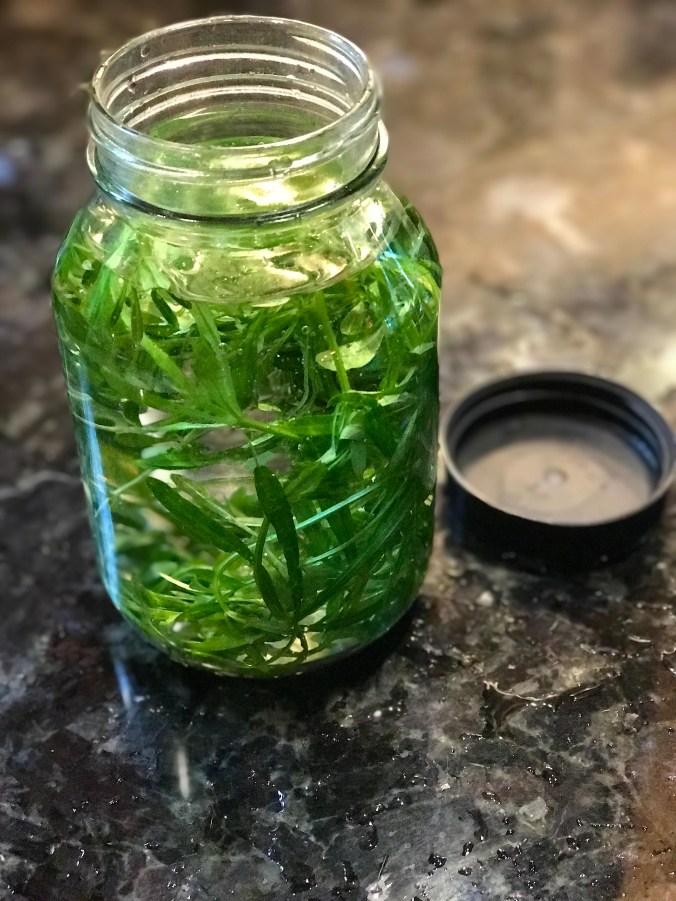







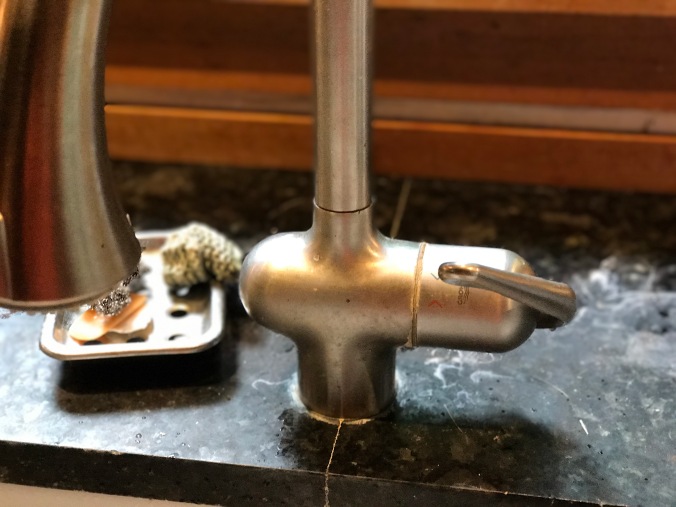















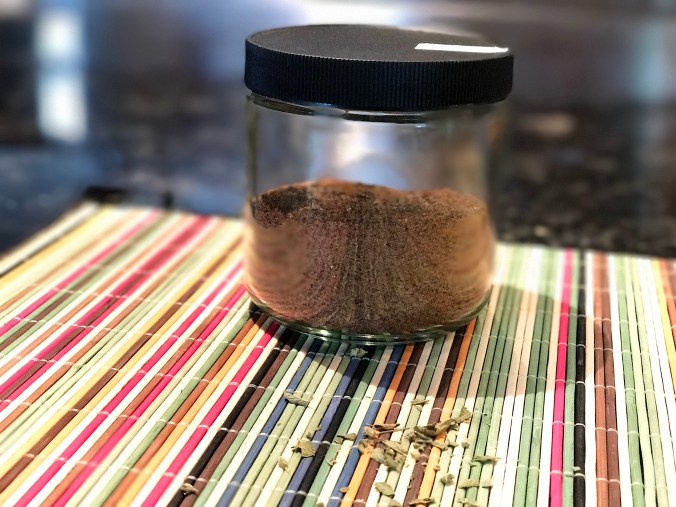 Enjoy!
Enjoy!










